|
Maritime signals : english military use
|
Signaux de marine: usage militaire anglais
|
|
|
|
||
|
En 1790, Lord Richard Howe, de la British Royal Navy, propose "The Howe Code", composé de dix pavillons colorés, six drapeaux spéciaux pour les caractères de contrôle et un dictionnaire de 260 entrées numériques, étendu à 340 en 1799. |
In 1790, Lord Richard Howe, of Royal British Navy, proposes "The Howe Code", made up of ten coloured houses, six special flags for the control characters and a dictionary of 260 numerical entries, extended to 340 in 1799. | ||
 1 1 |
 2 2 |
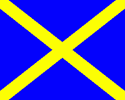 3 3 |
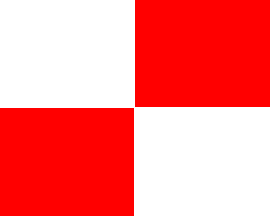 4
4 |
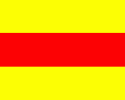 5 5 |
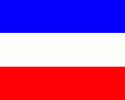 6 6 |
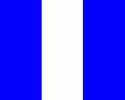 7 7 |
 8 8 |
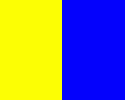 9 9 |
 0 0 |
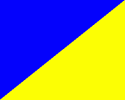 Finishing Finishing |
 Preparatory Preparatory |
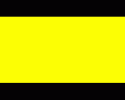 Substitute Substitute |
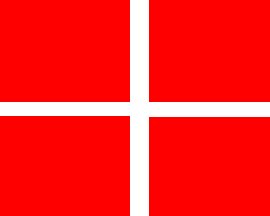 Affirmative Affirmative |
|
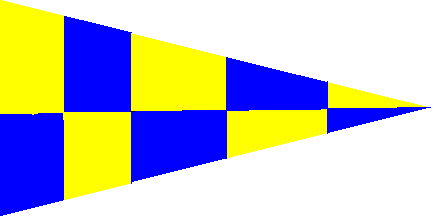 Numerical Numerical |
| En 1803, l'amiral sir Home Popham publie son "Telegraphic Signals or Marine Vocabulary". Ce répertoire comprend quelques 3000 signaux numériques correspondant à des mots, des expressions et jusqu'à des phrases entières. De 1803 à 1812, Popham va également enrichir le système à pavillons d'une nouvelle gamme de fanions numériques correspondants à une liste alphabétique de différents termes. Via la combinaison des trois, voire quatre fanions, on dispose désormais d'un vocabulaire de 30 000 mots. | In 1803, the admiral sir Home Popham publishes his "Telegraphic Signals gold Vocabulary Marine". This repertory includes/understands some 3000 numerical signals corresponding to words, expressions and until whole sentences. From 1803 to 1812, Popham also will enrich the system with houses by a new range of numerical flags corresponding to an alphabetical list of various terms. Via the combination of the three, even four flags, one has from now on a vocabulary of 30 000 words. | ||
|
Mêmes pavillons que le code Howe sauf 4 qui inverse ses couleurs et avec en supplément
|
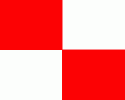 4 4 |
|
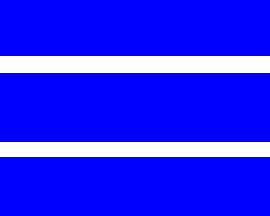 PR PR |
| 1805: À la bataille de Trafalgar, l'amiral Horatio Nelson transmet le message "England expects that every man will do his duty" (L'Angleterre compte que chaque homme fera son devoir). Les huit premiers mots sont dans le répertoire de Popham, mais "duty"(devoir) a dû être épelé car ce mot n'y figurait pas. Le code envoyé était donc: | 1805: At the battle of Trafalgar, the admiral Horatio Nelson transmits the message "England expects that every man will do his duty". The first eight words are in the repertory of Popham, but "duty" had to be spelled because this word did not appear in it. The code sent was thus: | ||
| 253 England |
269 expect |
863 that |
261 every |
| 471 man |
958 will |
220 do |
370 his |
| 4 D |
21 U |
19 T |
24 Y |
| Le message fut émis en 4 minutes par une équipe de 6 hommes.
Sur cette peinture de la bataille de Trafalgar par Turner, on voit le Victory avec les trois dernières lettres du message U, T et Y suivis du pavillon de fin de message. |
 |
The message was transmitted in 4 minutes by a team of 6 men.
On this painting of the battle of Trafalgar by Turner, one sees Victory with the three last letters of the message U, T and Y followed of the house of end of message. |
|
| D'après divers témoignages de l'époque, l'amiral Nelson aurait modifié le code pour le jour de la bataille ce qui était dans ses prérogatives car "si l'amiral a des raisons de croire que l'ennemi est en possession du code, il peut changer les significations des pavillons à la première opportunité".
Il y aurait eu permutation des signaux 5, 8 et substitut. De même, le mot "that" n'aurait pas été émis par l'officier chargé de la transmission. |
 |
According to various testimonys of the time, the admiral Nelson would have modified the code for the day of the battle what was in its prerogatives :"if the Admiral should have reason to believe that the enemy has got possession of these signals, he will set about changing the figures of the flags at the earliest opportunity".
There would have been permutation of the signals 5, 8 and substitute. In the same way, the word "that" would not have been emitted by the officer in charge of the transmission. |
|
|
Enfin pour achever ce passage sur la bataille de Trafalgar qui fut le grand moment de gloire du code Popham, voici le schooner "HMS Pickle" qui ramena le premier les informations de la bataille sur la côte anglaise. On peut voir qu'il arbore le code 2214: "I have urgent dispatches"( J'ai des dépêches urgentes).
|
 |
Finally to complete this passage on the battle of Trafalgar which was the great moment of glory of the Popham code, here the schooner "HMS Pickle" which brought back the first information of the battle on the English coast. One can see that it raises code 2214: "I have urgent dispatches". | |
| "England Expects" | Marine art of Gordon Frickers | Wikipedia | |